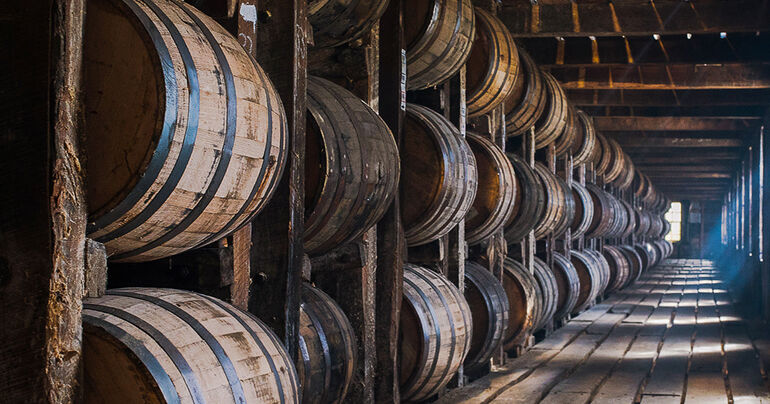Start 14-Day Trial Subscription
*No credit card required

Understanding Whiskey in Barrel-Aged Beer
For many drinkers, the closest whiskey gets to beer is in a shot glass next to a pint. Whiskey and beer are poised for a delicious collision, however, when innovative brewers and distillers collaborate to produce beers aged in whiskey barrels. Buckle in as we seek to understand the effect whiskey barrel-aging has on beer, answer essential questions about whiskey and explore innovations arising from the exciting fusion of barrels, whiskey and beer.
To start, let’s blur the line that separates whiskey and beer. These two beverages are best understood as brothers from the same mother. Both are born of the same source, fermented grain, but diverge as soon as they leave the fermenter. Beer continues its journey cold-fermented and is then canned and consumed. Whiskey, on the other hand, endures a trial by fire, is distilled, and is then confined to barrels for years before consumption.
Whiskey - A generic term for many different drinks.
In the course of my research, I realized that the word “whiskey” has just as much meaning as the word “beer” to a beer connoisseur. When we speak of beer, we’re aware of the distinctions between lagers and ales, as well as the numerous subcategories therein. Similarly, there are many dozens of categories of whiskeys (and even spellings of the word “whisky,”) but two common varieties stand out:
Single Malt Scotch - Strict Definition. Unique Spirit
Allan Roth, Glenfiddich Ambassador, should know about Single Malt. He works for the company that pioneered the category! According to Roth, “We established the category itself in 1963, though we called it a “straight malt” at the time. Single means that all the whiskey in the barrel is from one distillery, and malt means that it comes entirely from malted barley. All scotch whiskey needs to be aged at least 3 years and be made entirely of malted barley (typically two-row). Additionally, Single Malt Scotch Whiskey must be aged and bottled in Scotland. And it must also be distilled in a pot-still, rather than a column still.
Bourbon - The Source of Many Barrels
According to Brian Prewitt, Master Distiller at A. Smith Bowman, “Malt whiskeys are typically made from a malted barley. While there might be flavoring agents like rye used, malted barley is almost always in the mix for enzymatic conversion. A bourbon has to be at least 51% corn, made in America, and aged in brand-new charred oak barrels. An easy way to remember the distinction is: ‘All bourbons are whiskeys, but not all whiskeys are bourbons.’”
Differentiating Common Whiskeys
|
Factor |
Bourbon |
Scotch |
Single Malt Scotch |
Canadian Whiskey |
| Distillation Technique
|
Different distillation techniques permitted |
Different distillation techniques permitted |
Pot still |
Different distillation techniques permitted |
| Fermentation Base
|
At least 51% corn |
Two-row malted barley |
Two-row malted barley |
Many different grains permitted |
| County of Origin
|
Produced in USA |
Produced in Scotland |
Produced and aged in Scotland |
Produced and aged in Canada |
| Barrel Aging Specifications
|
Aged in new, charred oak barrels |
Aged in oak barrels |
Aged in oak barrels |
Aged in wooden barrels |
| Blending
|
Allowed |
Allowed |
Not allowed |
Allowed |
| Aging time
|
Not specified |
“Not less than 3 years” |
“Not less than 3 years” |
“Not less than 3 years” |
*Whiskey connoisseurs take note: This is a simplified chart that eliminates a number of other small factors.
Barrels - Storage, Then Flavor
Many of the distillers I spoke with agreed that whiskeys of all varieties were stored in barrels for convenience first, and it was only later discovered that barrels improved the flavor. According to Pruitt, “Un-aged whiskey is called ‘white dog’ or ‘white lightning,’ and hot off the still, it’s got a real bite! It doesn’t have any of the vanilla, and it’s not nearly as pleasant. There is a lot of lore about it, but back in the 1700s, someone likely just stored whiskey in the barrel and liked the way it tasted! Barrels used to be the ONLY way to store spirits, and, over time, people just became accustomed to this flavor profile. It adds flavors of coconut, leather, vanilla and even fruit notes!”

Beer in Whiskey Barrels: Why Do It?
Creativity!
In interviewing a handful of brewers across the country, a common theme emerged around their entry into whiskey barrel-aging. According to Craig Dilger, Owner of Foulmouthed Brewing, his motivation is simple, “Because it’s fun! And the results are interesting! You just cannot achieve those flavors any other way.” Of course, creativity is relatively easy for a regional brewer like Dilger. Jeremy Kosmicki, head brewer at Founders Brewing is on the other end of the capacity spectrum. With more than 20,000 barrels currently filled with aging beers, his philosophy of barrel-aging was surprisingly similar. Kosmicky relates that he started barrel aging due to “curiosity honestly! I think that enjoying the flavors of a whiskey, bourbon in particular, is my favorite. Bourbon has a nice sweetness. It can play along with beer flavors really well. We just started trying stuff!”
Oxidation: a mixed blessing
One of the roots of the “barrel-aged” flavor profile is the traditional enemy of beer: Oxygen! Dilger says, “There is just the slightest right amount of oxygen ingress that comes in through the oak barrel that won’t happen when you just put a stave in… nothing quite hits the same results as the surface area of the inside of the barrel!” This oxygen ingress mellows the flavors of the beer over time, muting hop-derived bitterness and rounding off other sharp flavors. But oxidation can go too far, too. Kosmicki found this out the hard way, when his early experiments led him to realize that he had to scale up batches if he wanted them to taste balanced after aging. For example, after tasting an early version of Founders Breakfast Stout, he realized, “I liked the effect of the barrel on the beer, but things like the chocolate and the coffee were diminished. The body was kind of thin. We basically took the recipe and bumped it up with a LOT of grain and added more coffee and chocolate, so it retained the character that we liked from the original stout.”
Excess Capacity of Bourbon Barrels
In many months of sipping, I noticed a clear majority of whiskey barrel-aged beers boasted a connection to bourbon. Many different whiskeys are aged in barrels. bourbon, scotch, Canadian whiskey, all spend time meditating in a barrel, so why, I wondered, the link to a certain whiskey style?
Kosmicki has a simple explanation for why many brewers age in bourbon barrels: “There is the most volume of them available, since, by law, bourbon barrels are only used once! So, not only do they have a lot of flavor, but, generally, they are in pretty good condition. With other spirits, distilleries will reuse barrels over and over again, and they aren’t in very good shape - they just don’t hold liquid.”
For Kosmicki, though, the flavors take precedence over simple market forces. He says that he started aging beer in bourbon barrels because, “Bourbon has a nice sweetness. It can play along with beer flavors really well. We just started trying stuff! Putting breakfast stout in was the first, but there’s beer that we have, that I don’t put in barrels. I wouldn’t say that it always makes it better, but it always makes it interesting.”
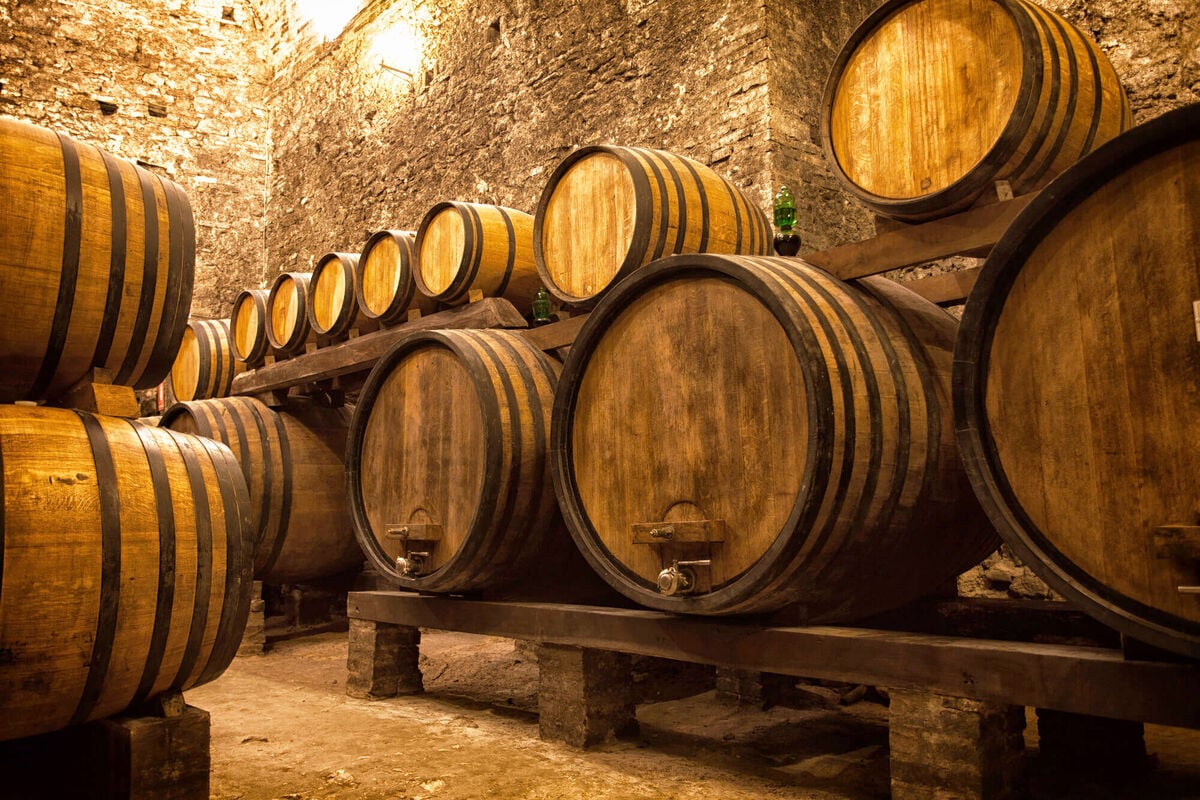
Beer in Whiskey Barrels: What Happens?
It’s the wood
While many brewers begin to age beers in whiskey barrels due to an affinity for the flavor of the spirit, or simple curiosity about the result, ultimately, it’s the taste that keeps them going back to the barrel. Some of this flavor comes from oxidation, but that physical process has little to do with the whiskey or the wood. While both the spirit and the stave have their influence, many brewers agree that that the barrel has just as much overall influence on the beer’s flavor than the whiskey.
Roth, a whiskey specialist, goes further, and says, “The flavor compounds in the cask are water soluble and alcohol soluble. Once the whiskey is aged in the barrel, it’s dissolved the alcohol soluble flavor compounds. So, when beer is aged in whiskey barrels, for the most part, it’s going to pull out a different set of flavors than the whiskey. The thing that’s the most important, is the quality of the cask and the quality of the oak.”
No, it’s the whiskey
Greg Abbot, Head Brewer at Liquid Riot Bottling Co, has an informed perspective, because Liquid Riot has both a brewery and a distillery under its umbrella. Abbot loves the flavor of the spirit itself, but recognizes that they can be overpowering, and acknowledges the importance of the container. When he gets barrels, “Sometimes they have a little bit of whiskey in them, not too much. Typically the wood is just damp from the whiskey. Generally, the beer will be influenced a bit by the flavor profile of the spirit that was in the barrel. Often caramel, vanilla, hints of chocolate. Sometimes, though, when we get a barrel that’s quite fresh, the flavor is too ‘hot,’ so, we mitigate that by aging one batch in the barrel, then blending it with others to mellow the flavor.”
Different woods make different flavors
While bourbon is always aged in charred American oak, other whiskeys are aged in different woods. Among those brewers interviewed (not surprisingly, all Americans), American oak was most common, contributing notes of vanilla, coconut and leather. There were exceptions though, as there always are. According to Roth, “European oak casks impart a lot of red color, and gorgeous flavors of Christmas baking spices” Pruitt shares, “I’ve got maple, cherrywood, all these contribute different flavors. It gives you different levers to pull. I will say that cherrywood is VERY unique. It gives a distinct cherry flavor. Maple wood gives the unique flavor of maple syrup.”
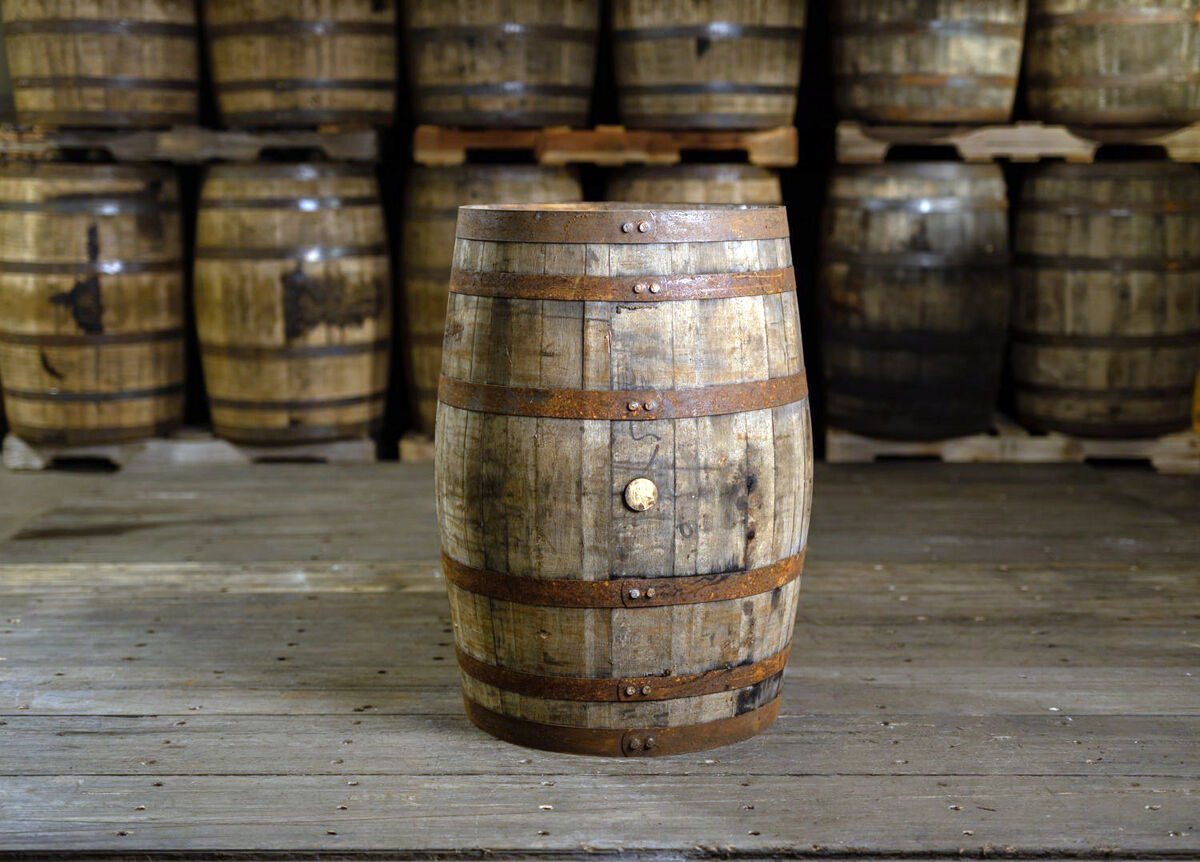
What Styles of Beer Age Best in Whiskey Barrels?
A wide variety of different styles are aged in barrels
In more than a month of “research” for this piece, I’ve sampled a wide variety of whiskey-barrel aged beers. Though many are in the stout family, several (Allagash Curieux, Founders Mas Agave, and Triple Crossing Summer Jetlag) were lighter in color and body, and a few (Foulmouthed Hypnotizing Chickens) are even sours. The distribution of available barrel-aged beers reflects the opinions of the brewers I interviewed.
Big beers do best
According to Abbot, “Big strong robust beers with a lot of body and alcohol do well in barrels: barleywine, imperial stout, Belgian quads. What’s extracted from the barrel is pretty intense and bigger beers are more suited for that relationship. But something that’s been happening for the past 15 years is sour beers! A sour beer can really play into the bourbon flavor, and balance it out - even at 5%. Our Blushing Star, for example, works well. The bourbon complements the peaches that it’s aged on. It doesn’t come off as super strong and boozy. It’s more balanced.”
Not every beer is a fit
While I didn’t have a bad barrel aged beer, the flavors of bourbon barrels and the efficiency of alcohol in extracting them are strong and distinctive, and certainly won’t work with every style. Dilger agrees, and explains that, “Not ever beer wants a whiskey barrel. Lots of beers won’t be improved by the characteristics of oaks or bourbon. I don’t see that vanilla char character going great in a NEIPA, for example.”
Additionally, the compatibility of certain beers with certain barrels isn’t just a matter of flavor profiles. According to Dilger, “Most production breweries working with barrels, there needs to be some sort of understanding of the risks and methods. You can mitigate the risk with certain styles of beer. With the porous nature of barrels, they are much more prone to the risks of wild yeasts or bacteria - so - we use a lot of wild ales, where those risks are actually desirable. Strong beers, on the other hand, do a good job of defending themselves against the risk of unwanted microbes.”
Switching it Up: Whiskeys Aged in Beer Barrels
While brewers have been aging beers in whiskey barrels since at least the 1980s, research on this topic brought me to a cutting-edge trend that’s closely related: Aging whiskeys in barrels that once held beer. According to Conor O’Driscoll, Master Distiller at Heaven Hill, this trend began somewhat auspiciously. “We sold barrels to a broker,” says O’Driscoll, “and the broker sold it to Goose Island. The flavor notes of darker beers lined up with some of the flavor notes of bourbons. They had aged beers for 18 months. When they tasted it, they commented on how good it was - and looked for the province of the barrels. It turned out these barrels were Elijah Craig barrels that had won an award from Whiskey advocate! Well, that gave us an idea, and we turned around and aged some whiskeys in the same barrels!”
Many of the distilleries that provide the whiskey barrels commonly used to age beer (Jameson- Ireland, Elijah Craig - USA and Glenfiddich - Scotland) have produced these reciprocally aged whiskeys. Careful side-by-side tasting reveals a common interplay of flavors between the whiskey and the beers. The bite of the spirit shows up in the aroma of the beer, and the hop and malt aromas of the beer show up clearly in the whiskey.
Bringing this story full circle, this new trend is the ultimate reunion between both of these grain-based beverages, showing that beer and whiskey, separated at birth, can have a joyous reunion on the pallets of adventurous beer connoisseurs!
Beer-Infused Whiskeys to Try:
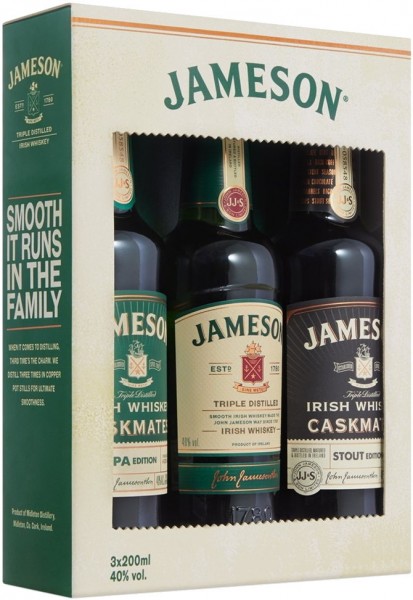
Distillery: Jameson
Whiskey: Jameson Caskmates IPA Edition
Notes: Dry grass and herbs on the nose. Warm malt with a slight citrus aftertaste and a hint of hop bitterness due to being finished in IPA barrels.
Distillery: Jameson
Whiskey: Jameson Caskmates Stout Edition
Brewery: Franciscan Well Brewery
Notes: Floral hops and honey on the nose. Warm maple and toasted malt flavors. No bite whatsoever.
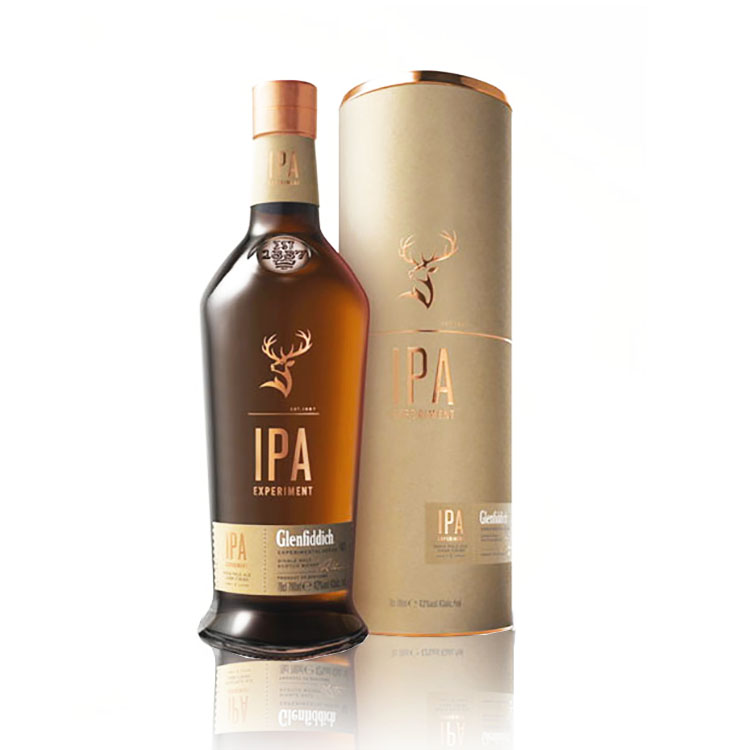
Distillery: Glennfiddich
Whiskey: Experimental Series 01
Notes: Gentle peat and malt on the nose. The first sip blends peat, hops and new wood. Floral terpenes from the IPA and smoke mingle in the aftertaste.
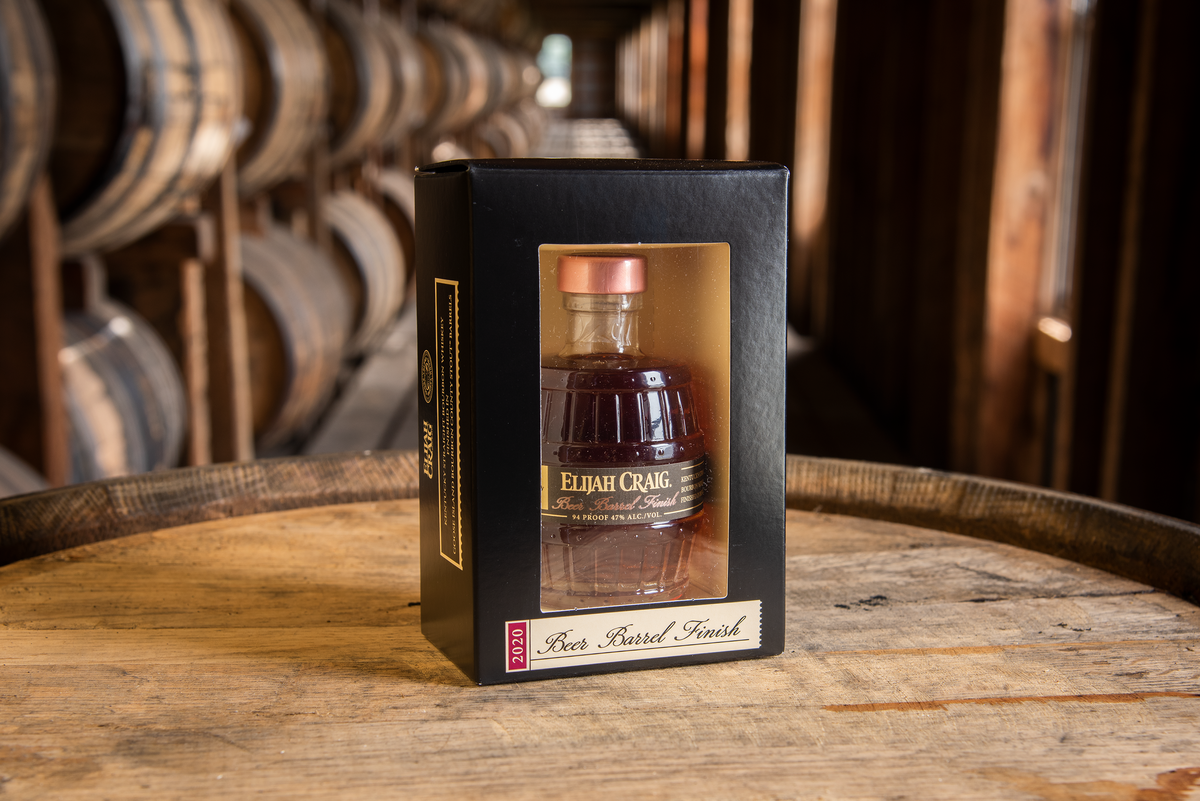
Distillery: Elijah Craig
Whiskey: Beer Barrel Finish
Brewery: Goose Island Brewery
Notes: Dark chocolate and toffee on the nose. The taste has hints of dark chocolate malt, and the same black cherry character as the Goose Island Bourbon County Stout.
Whiskey-Barrel Aged Beers to Try:
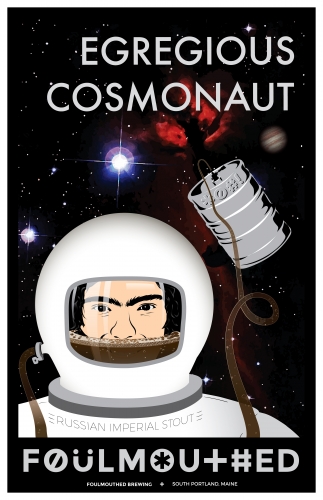
Brewery: Foulmouthed Brewing
Beer: Egregious Cosmonaut
Barrel: Buffalo Trace Bourbon
Notes: Dark cherry, marshmallow and caramel on the nose. The marshmallow aroma is nearly identical to the aroma of a tumbler of Buffalo Trace Straight Bourbon. Thick cocoa caramel with a mouth-coating, intense body. The syrupy sweetness is offset by coffee, unsweetened cocoa, and burnt toast. The whiskey barrel is most evident in the aftertaste, with wood, reduced balsamic vinegar and cocoa.

Brewery: Liquid Riot Bottling Co
Beer: Straight to Black:Out
Barrel: Buffalo Trace Bourbon
Notes: Midnight black. Aroma has dark fruit, wet wood and an alcohol burn. The first sip packs toffee, cocoa, coconut, black cherry. There is a distinctive whiskey bite, again, reminiscent in strength to the original spirit. Very dry aftertaste - evident tannin, unsweetened cocoa and espresso. A dark tornado!
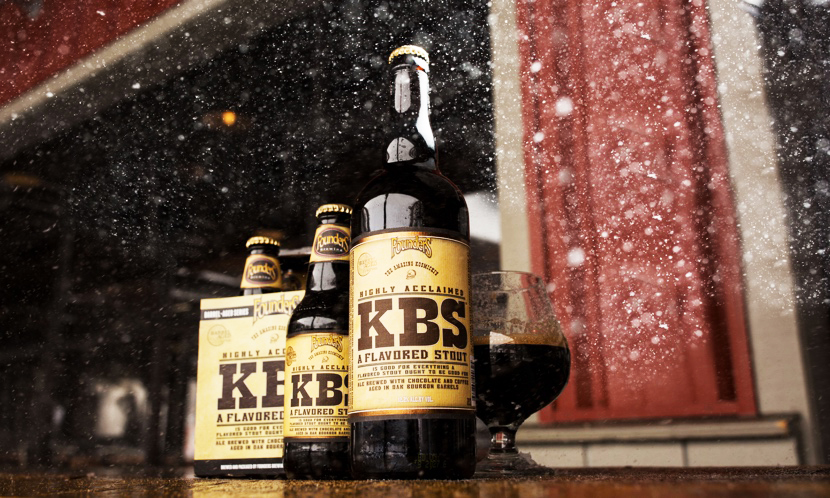
Brewery: Founders Brewing Company
Beer: Kentucky Breakfast Stout
Barrel: Multiple
Notes: Nose has cocoa and butterscotch. Intense, syrupy cocoa-coffee, with a hot whiskey bite on the back end.
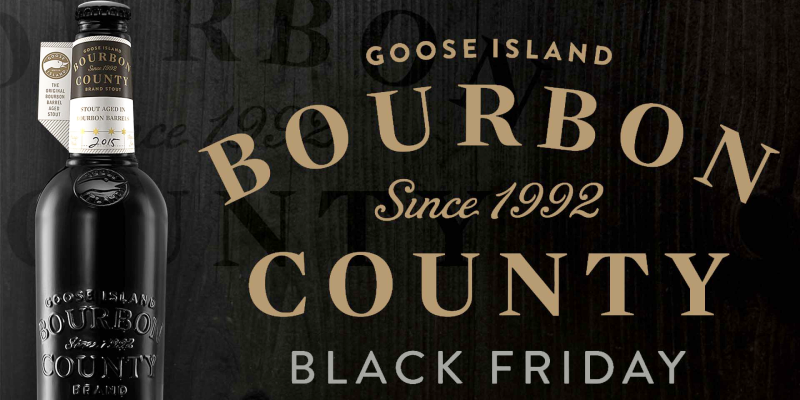
Brewery: Goose Island Brewery
Beer: Bourbon County Stout
Barrel: Elijah Craig
Notes: Pours deep reddish black. Aroma is buttery, dusty and chocolaty, with eye-watering whiskey fumes. Syrupy, concentrated chocolate, maple, cherries, coconut and vanilla are also present. Perhaps the most luxurious, decadent, complex barrel-aged stout I’ve had.
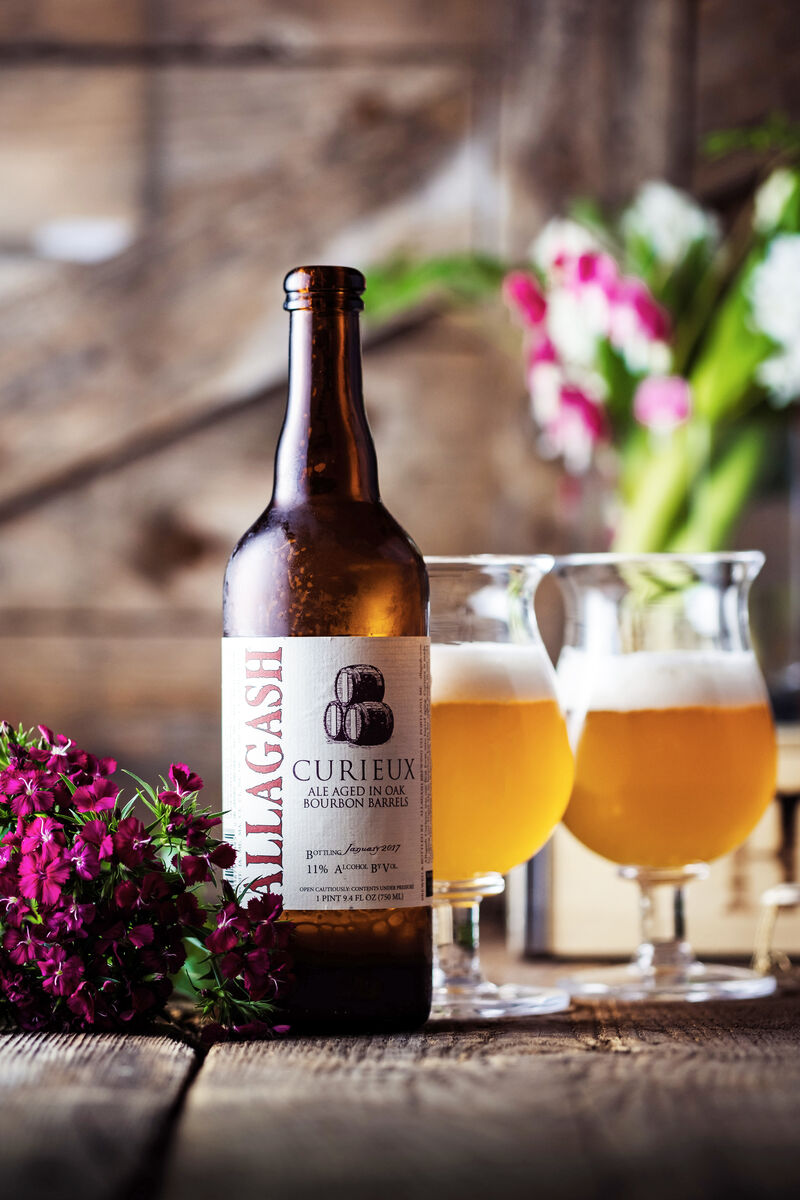
Brewery: Allagash Brewing Company
Beer: Curieux
Barrel: Freshly emptied bourbon barrels
Notes: Golden-yellow, with holiday spices and whiskey on the nose. Tart lemon fights rich caramel and toffee in the first sip. The bright, sweet Tripel is at the fore, with the rich, warm, wooden character as a supporting character. A surprising and successful pairing.
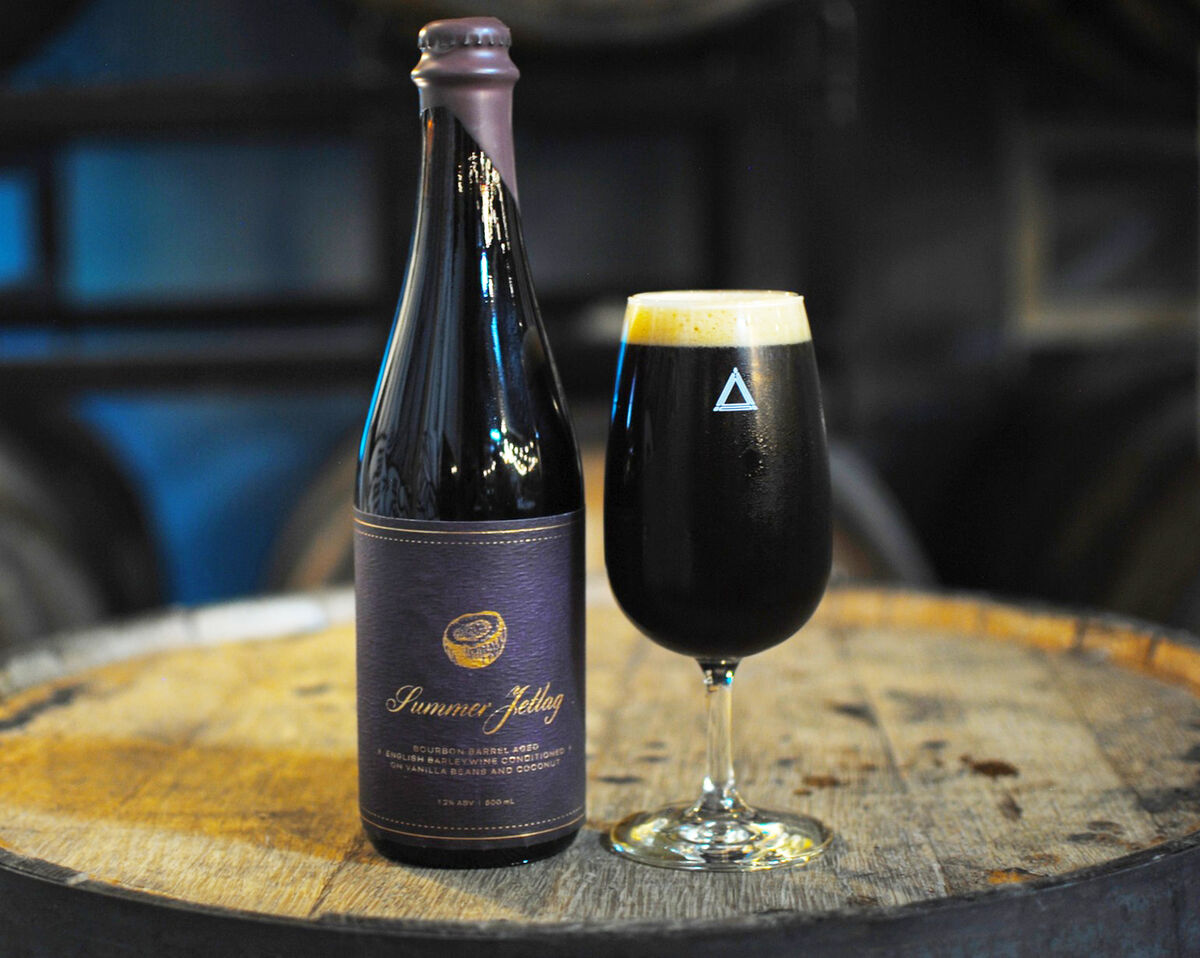
Brewery: Triple Crossing
Beer: Summer Jetlag
Barrel: Multiple
Notes: Vanilla / cinnamon nose, with hints of clove. Refined, Tokaj-like sweetness, with silky hints of vanilla, hot cocoa and wet leather.



